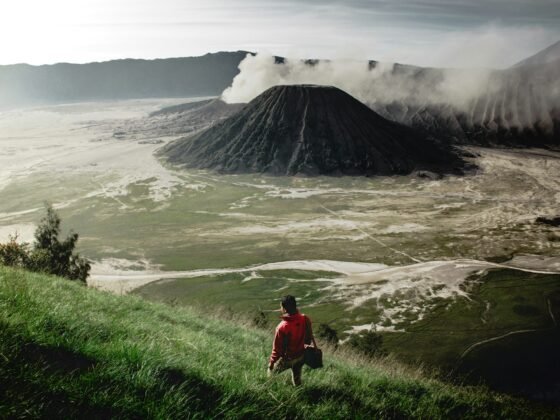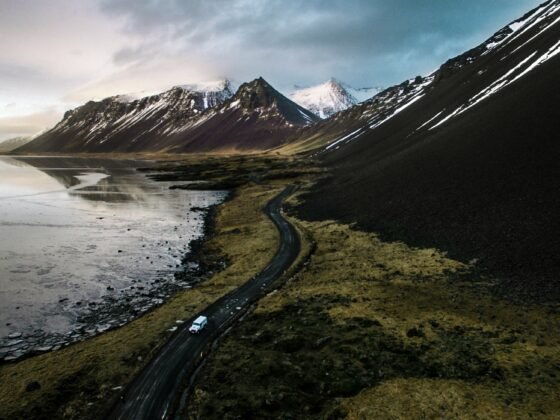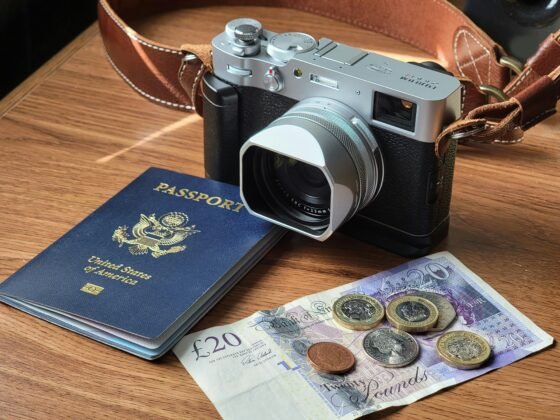
One of the most common problems that Americans and Europeans face is car trouble. Yet, despite this, many people going on a road trip never plan out what to do in case of an emergency.
The fact of the matter is, you won’t always be near civilization when your car breaks down. So the next time you plan on driving 300 or more miles, it might be in your best interest to follow the advice below.
Prepare in Advance
Not all of us have RVs or SUVs, but surely enough with some time to prep you’ll be able to somehow fit some necessary equipment inside your trunk or even on the backseat if only you and one other person are in the car.
And, of course, make sure to not forget regular maintenance. Cars are machines and if a professional doesn’t consult all the moving parts from time to time, you might find yourself that the repairs will cost you more than the actual maintenance. For example, you can find out more here about how investing in a car floor mat can prolong the durability of your car’s interior and improve its saleability in the long run.
Furthermore, you should also learn to do some DIY basic car maintenance. You’ll be saving a lot of money this way and you’ll be better prepared if trouble arises on the road. With that out of the way, let’s see what you should bring with you.
Bring a Basic Kit
Your car survival kit should contain a portable auto booster kit in case your battery dies out. This kit will help you jump off your battery without needing another car to get juice from.
If you plan on traveling during winter, it might also be a good idea to bring some blankets. When the weather got especially rough, motorists have died of hypothermia while waiting for help.
Another basic necessity that people often overlook is food. Again, you might not be anywhere near civilization if your car breaks down. Sometimes you might have to wait even a few days for help to arrive. So stockpile some food for your next long trip.
And, of course, what goes well with food? Water. Hydration is even more important than having a full stomach. You can survive up to three weeks without food, but you can barely go three days without water.
Other Helpful Equipment
Since we’re in the 21st century, consider getting a smartphone with GPS features if your car doesn’t already have a reliable GPS system of its own. Being lost is the last thing you’d want to be when you’ve got a broken hunk of metal to also take care of.
A smartphone also plays a secondary role, of course, namely calling for help. Have 911 on speed dial, check the internet to see any repair shops near you, towing services, and much more. You can also call on a reliable friend if you’ve got anyone near your location.
Finally, don’t forget the first aid kit. Accidents can happen, especially if you’re sleepy behind the wheel. Not only that, but maybe you’re not in the best of shape and you need some medical attention. It’s best to have something to patch yourself up with until the ambulance arrives. Speaking of patching yourself up in such a situation, we’ve found some impressive survival articles on wildernesstoday.com. We’d like to thank them this way, as we got some of this information from their website.
Final Thoughts
Always remember to check this list whenever you’re going on a long trip. And please share this advice with your friends and family so they can be prepared as well in case such a scenario occurs.











